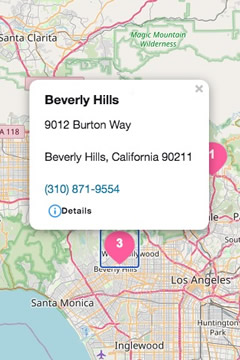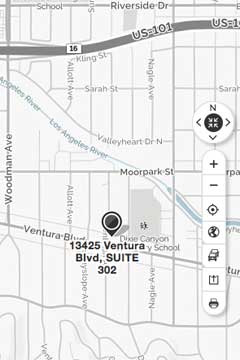Interstitial cystitis (IC) also known as bladder pain syndrome or painful bladder syndrome, is a debilitating condition that significantly affects the quality of life of patients living with it.
Symptoms of IC include:
- An unpleasant sensation (pain, pressure, discomfort) perceived to be related to the urinary bladder >6 weeks in duration6,7,9
- Increased pain with specific foods or drinks and/or worsened with bladder filling and/or improved with urination9.
- Urinary urgency (Seen in 84% of IC patients)6.
- Urinary frequency (>10x/day) (Seen in 92% of IC patients)6.
Many patients with IC have other overlapping pain conditions such as Dyspareunia (pain with intercourse). 88% of patients with IC had at least one symptoms of sexual dysfunction (lack of sexual interest, can’t relax and enjoy sex, difficulty becoming sexually aroused and difficulty reaching orgasm)1. Women with IC rated their sexual dysfunction as moderate to severe when compared to controls and reported increased pain with intercourse, decreased desire and decreased frequency of orgasm5,6.
How can pelvic health physical therapy help IC?
Pelvic health physical therapy has been given a grade A from the American Urological Association as a treatment modality for IC. The types of treatment recommended were:
- Manual therapy techniques to the regions of the pelvis, abdomen and/or hip.
- Trigger point release
- Lengthening of tight muscles/connective tissue restrictions
- Scar tissue mobilizations.
The American Urological Association recommends that patients have multimodal therapy to address all domains that IC can affect. Some of the therapies recommended for IC include:
- Physical therapy
- Pain counseling
- Psychology
- Stress management
To discuss your treatment options with a physical therapist, make an appointment here.
The AUA has recently (2022) published updated guidelines to the treatment of IC and BPS. These updates are highlighted and discussed in our blog post: Updates to Interstitial Cystitis / Bladder Pain Syndrome Treatment Guidelines.
References
1. Bogart LM, Suttorp MJ, Elliott MN, Clemens JQ, Berry SH. Prevalence and correlates of sexual dysfunction among women with bladder pain syndrome/interstitial cystitis. Urology. 2011;77:576–580.
2. Hanno P and Dmochowski R: Status of international consensus on interstitial cystitis/ bladder pain syndrome/painful bladder syndrome: 2008 snapshot. Neurourology and Urodynamics 2009; 28: 274.
3. Clemens JQ, Link CL, Eggers PW et al: Prevalence of painful bladder symptoms and effect on quality of life in black, Hispanic and white men and women. J Urol 2007; 177:
4. Lifford KL and Curhan GC: Prevalence of Painful Bladder Syndrome in Older Women. Urology 2009; 73: 494
5. Peters KM, Killinger KA, Carrico DJ et al: Sexual function and sexual distress in women with interstitial cystitis: a case- control study. Urology 2007; 70: 543.
6. Tincello DG and Walker AC: Interstitial cystitis in the UK: results of a questionnaire survey of members of the Interstitial Cystitis Support Group. Eur J Obstet Gynecol Reprod Biol 2005; 118: 91.
7. Fitzgerald MP, Koch D and Senka J: Visceral and cutaneous sensory testing in patients with painful bladder syndrome. Neurourol Urodyn 2005; 24: 627.
8. Fitzgerald, MP et al: Randomized multicenter clinical trial of myofascial physical therapy in women with interstitial cystitis/painful bladder syndrome (IC/PBS) and pelvic floor tenderness. J Urol 2012; 187: 2113
9. Warren JW, Brown J, Tracy JK et al: Evidence Based criteria for pain of interstitial cystitis/painful bladder syndrome in women. Urology 2008; 71: 444



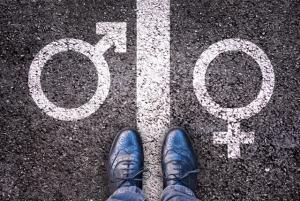
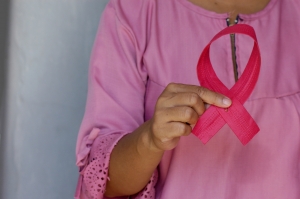
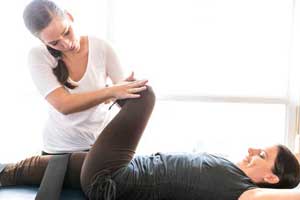
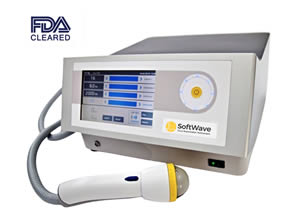


















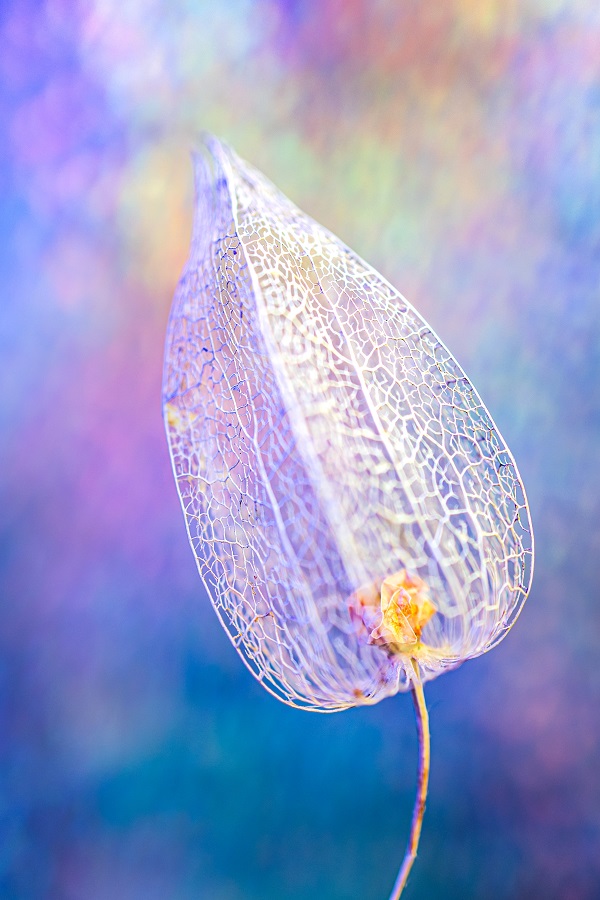
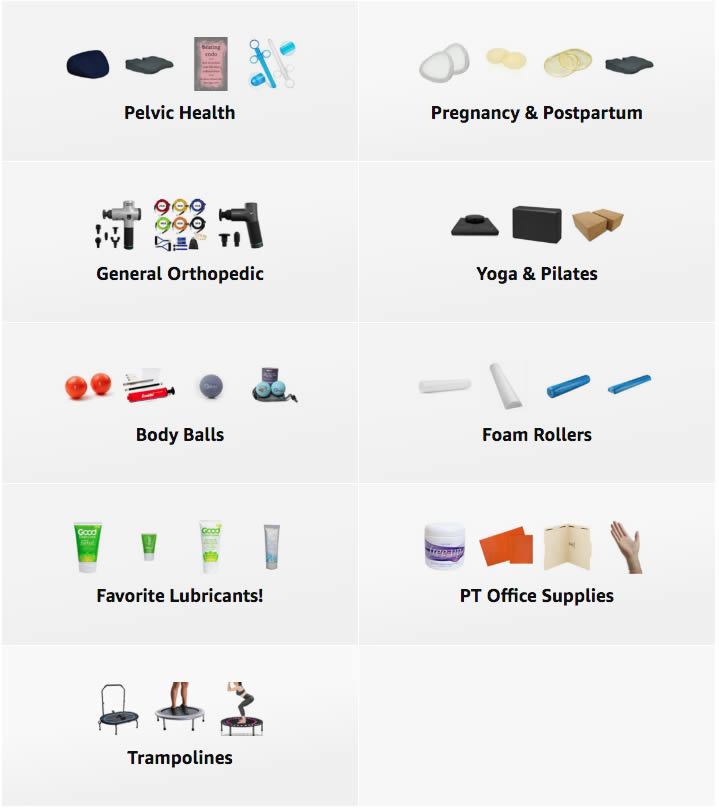 A Curated List of Excellent Items at Amazon
A Curated List of Excellent Items at Amazon

